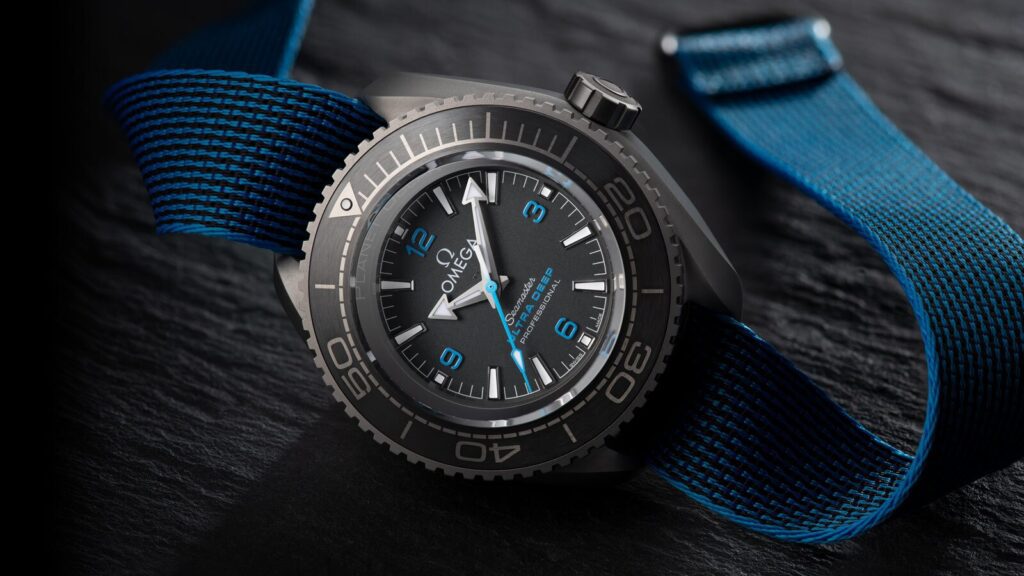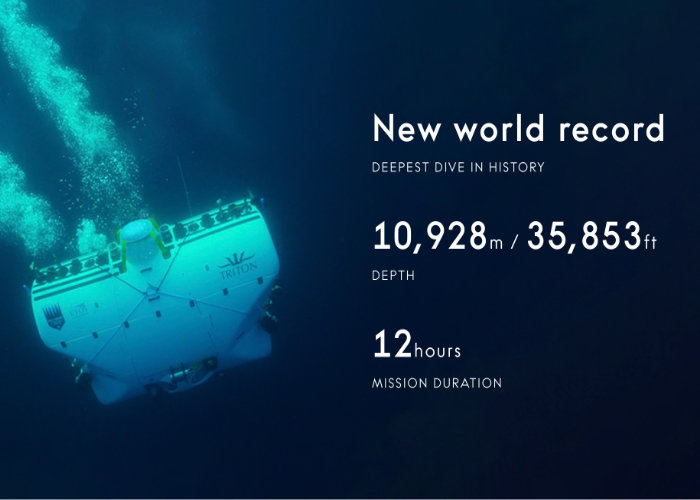Patek Philippe Sells Big for Charity

Getting into the Guinness World Record book has become increasingly competitive ever since its release in the 1950s. Originally established to settle arguments in pubs, it has turned into an international flagship for all things “best”. So enters the Omega “Planet Ocean Ultra Deep Professional” and its 2019 record for the deepest watch dive of all time (apparently it was also going for the longest name). Omega’s Ultra Deep watch has taken wristwatches to new depths with its recent trip down the Challenger Deep portion of the Mariana Trench. It’s difficult to fathom how a wristwatch could last all the way down to 10,928 meters (aka 35,853 feet)—but the folks at Omega know a thing or two about diving. Having created their first dive watches in the 1930s—with their “Marine” series—Omega has had plenty of time to hone formidable dive pieces. Beating out Rolex’s 1960 record of 10,908 meters, Omega has made some real history with their Ultra Deep watch. A feat that was over 50 years in the making is tied to great engineering, and literally tied to the deepest submarine dive to date.
Far From Limited
Full Ocean Depth or FOD X-1, X-2, and X-3 were the codenames for the three Omega Ultra Deep watches that took on the record. Each of these watches was fastened to the vessel dubbed Limiting Factor. While the watches get the horological credit, this particular vessel has expanded manned submarine diving further. Beating even James Cameron’s 2012 depth record, the Limiting Factor plans to take on Arctic depths in the near future (perhaps there’ll be another wristwatch strapped to the side of that upcoming voyage?).
When the Rolex “Deepsea Special” made the previous record in 1960, it had a similar journey to the Three Omegos (trademark?). This level of wristwatch stress testing doesn’t necessarily translate to daily pragmatism—but it certainly shows how all forms of engineering influence one another. We’re not just speaking figuratively, either. Omega’s FOD X-1, X-2, and X-3 Ultra Deep watches actually contain materials from the Limiting Factor in their design. Taking a lot of cues from the design of the submarine, the watch was also tested with a 25% safety margin in mind. Before ever making it into the water the Omega Ultra Deep was tested to 15,000 meters depth.

These truly impressive watches can obviously put up with some serious rigors. This is made extra impressive due to their relatively slim design and the fact that one of them lasted two-and-a-half days underwater! That’s right, coming in at just 28mm case thickness—where many deep-dive watches can exceed 30mm—the crushing pressure of the Mariana Trench did not phase Omega’s heroic diver. 60 hours underwater and the Ultra Deep was still ticking. How did this happen? Well each FOD X Omega was attached to a detachable landing arm. When the Limiting Factor made its way back up, it lost an arm. When all limbs were accounted for, Omega ascended with horological style.
Why Bother?
At times, when we cover things like this, the talk around TimesTicking leads to the question, “why do it?” or, “so what?” Do folks need to engineer things simply for pragmatic reasons, or can the message that something sends be worth more than the sum of its uses? These questions are some that we’ve pondered from time-to-time and maybe don’t need to be answered. In the end, it all comes down to what captivates our imaginations—and keeps us invested in our favorite brands. Speaking of investing, Omega will not be releasing any Ultra Deep Professionals to the public for sale. They have mentioned adding similar features to their Submariner series, however. Hopefully we can get our hands on something similar in the near future. Whether one dives or not, the sheer toughness is something to be admired—for collectors and bystanders alike.
Times Ticking has been in operation for more than 30 years, since 1982. We have performed watch repair for customers both locally and internationally. If it Ticks! We KNOW it! Our team of watch repair technicians have a combined experience in watchmaking of over 120 years.

